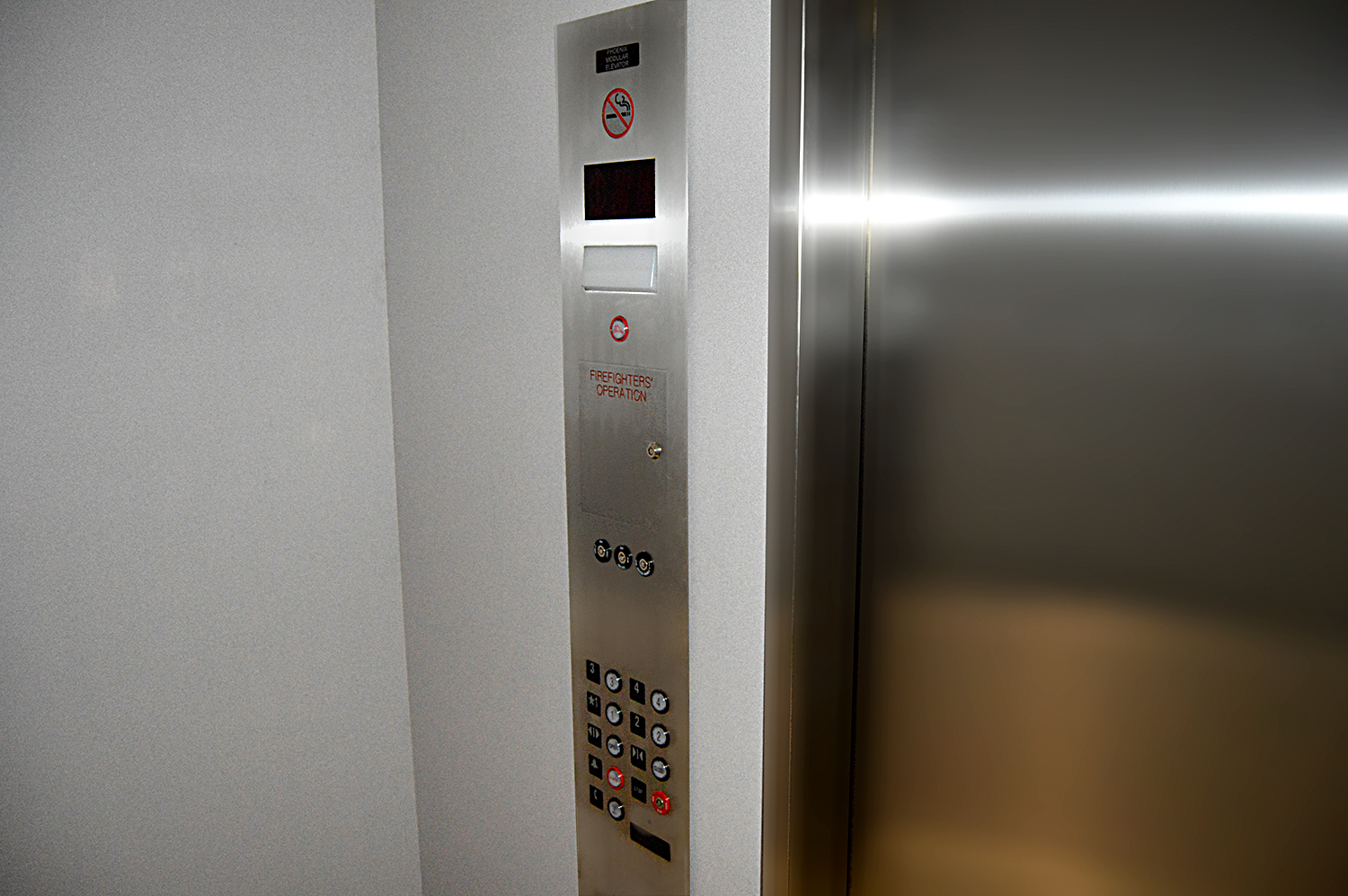Elevator Buyers Remorse
February 19, 2018Traction Elevator Safety
March 20, 2018Elevator Ignorance Can Cost Big Time

“We are all born ignorant, but one must work hard to remain stupid.” ~ Benjamin Franklin
Recently we received an inquiry from a prospective client regarding our suggested use of a hydraulic unit in a four story project with approximately forty-five feet of travel. The client was very impressed with our eight week lead time and one week install that could simply not be matched by any stick built alternative. However, they were being sold hardcore on the notion that hydraulic elevators were too out-dated and more costly regarding electricity used over time and the initial wiring. To answer their questions and suspicions, they went to an electrical contractor for basic answers and got some really bad info. Fortunately, they reached out to us before making a decision. Without casting aspersions, the electrician was obviously out of his depth and showed the ignorance that good ol’ Ben Franklin was warning about.
The electrician was just flat out wrong about required lighting and receptacles in the elevator pit (yes, you still need one for MRL Traction) and shaft as well as shut off requirements, but, more than that, he was quite myopic when it came to overall electric costs. His contention is found in the old canard that hydraulics are significantly more expensive to run as there are no counter-weights. Usually missing in the equation is that hydraulic units cost virtually nothing when they go down (gravity, not an electric motor, does all the work in the case of hydros when they descend). Also, electric is not the only cost in play and ultimately not that important in the overall picture. But, don’t take my word for it.
One of the companies that pushes a traction mode-of-conveyance the most made this stunning admission in a blog post just three-years ago concerning hydraulic elevators:
[ezcol_1quarter]

[/ezcol_1quarter] [ezcol_3quarter_end]“In fact, a 2,500 lb. elevator, traveling a single floor (12 feet) at 100 fpm (feet per minute) and operates 100 runs a day, does not even use $600 worth of energy in an entire year. So assuming the hydraulic uses more energy than traction, you could have a differential of perhaps just $150 a year in energy cost.”
But even more shocking is what follows:
“We conducted Life Cycle Costing (LCC) research on low-rise elevators to help customers understand their economic and environmental impacts. LCC looks at the costs involved with a product or service over its entire lifetime. The study showed that over 25 years, the cost to maintain three-stop traction MRL is $173k compared to the same hydraulic MRL which cost $91k.”
A Huge Admission
I don’t have to tell you, but that is a huge. They are admitting in basic terms that an MRL traction is, give or take, seven grand out of your pocket every year when a hydraulic is only three thousand-seven hundred. That is for the same travel distance and same number of stops.
In addition, there is no increased safety in traction MRLs. So the question is: why are so many people being duped into buying something that is by-and-large identical, but costs more in the initial installation and over the life span of the unit? Believe me, when a visitor to your building pushes the up button they will not know the difference between the two but, if they do, they will find the ride in a hydraulic to be quieter and smoother (not that we’re counting, but if you’re keeping score at home that is another two wins for hydro).[/ezcol_3quarter_end]Again, this is my opinion but it is backed up by facts provided by the Journal of Applied Mechanical Engineering that put the argument between traction and hydraulic to rest in low rise applications. In the article “A Critical Review and Investigation of Machine Room Less (MRL) Elevators” the authors made the following observation: “Hydraulic elevators are more suited to small rise buildings and freight applications.” It doesn’t get more straightforward than that.
But the article goes on to explain: “This report after experimentally mapping the performance of different elevator drives under varying parameters of passenger capacity, severity of service, travel and speed finds that Hydraulic elevators have advantages over traction drives in low rise applications:
→ Substantially lower initial cost of equipment and its maintenance for a given capacity hydraulic elevator equipment cost up to 40% less than traction equipment
→ More building space utilization as the hydraulic elevator utilizes up to 12% less space than an equivalent traction elevator, as the hydraulic system imposes no load on the column the column size can be reduced
→ Effective for high load requirements such as freight elevators
→ Lowest cost down speed among all elevators as gravity is utilized as the motive force
Although the report notes advantages of MRL traction units, it concludes that they have “less seismic safety” and “increased cost of inspection and maintenance.”[ezcol_1quarter]

[/ezcol_1quarter] [ezcol_3quarter_end]To the electrician doling out sage advice (contrary to facts) and to anyone else beguiled by the big elevator’s push for more profits in maintenance and installation, I have another quote.
“I am not ashamed to confess that I am ignorant of what I do not know” ~ Cicero
It is important that, when looking at the elevator alternatives, you do not just listen to sales pitches that will cost you significantly more in the short and long term. Take a look at the facts, determine your needs, and choose wisely. If you need help assessing what elevator will suit you best, don’t rely on a company that profits from selling you an elevator which will also make them more money in maintenance. As we are independent, we have no profit motive in the maintenance contract, so we can help (Yes, seriously! We typically subcontract with an independent elevator maintenance company local to you, so we don’t make any profit on the cost of maintenance, no matter what kind of unit you choose). A qualified elevator consultant can assist, as well.
We are not saying that MRL traction units are not an alternative because they are an applicable mode-of-conveyance in the right application. What we are saying is that they have a place and it is just not usually in low rise buildings. If you have a project in mind, feel free to contact us for a quick quote and our knowledgeable team will happily advise on the most effective and beneficial mode-of-conveyance for you.[/ezcol_3quarter_end] If you have a project in mind and would like an honest assessment, click the button below for a quick quote. We can have one ready for you with a budgetary number in 24 hours.



